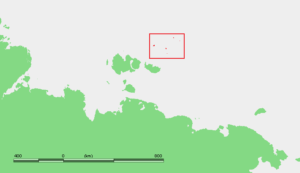
There has been a lot of effort recently to perform whole genome sequencing, for humans and other species. The results yield new frontiers of data analysis that offer a lot of promise for groundbreaking scientific discoveries.
One objective of human genome sequencing has been to identify sources of disease and new therapeutic targets. This movement has opened the door to create personalized medicine for cancer, whereby the genetic makeup of an individual’s tumors can be used to determine the most effective drug intervention to administer.
Interest in studying the characteristics unique to individual cells seems obvious when considering the function of healthy cells versus tumor cells, or brain cells compared to heart cells. What has surprised scientists is the realization that two cells in the same tissue can be more different from each other, genetically, than from a cell in another organ.
For example, a small number of brain cells with a specific mutation can lead to some forms of epilepsy while healthy people may also carry cells with these mutations, but too few to cause disease. The lineage of a cell, where it came from and what events shaped its development, ultimately determines what diseases can exist.
Continue reading “Searching for Secrets in Single Cells”







